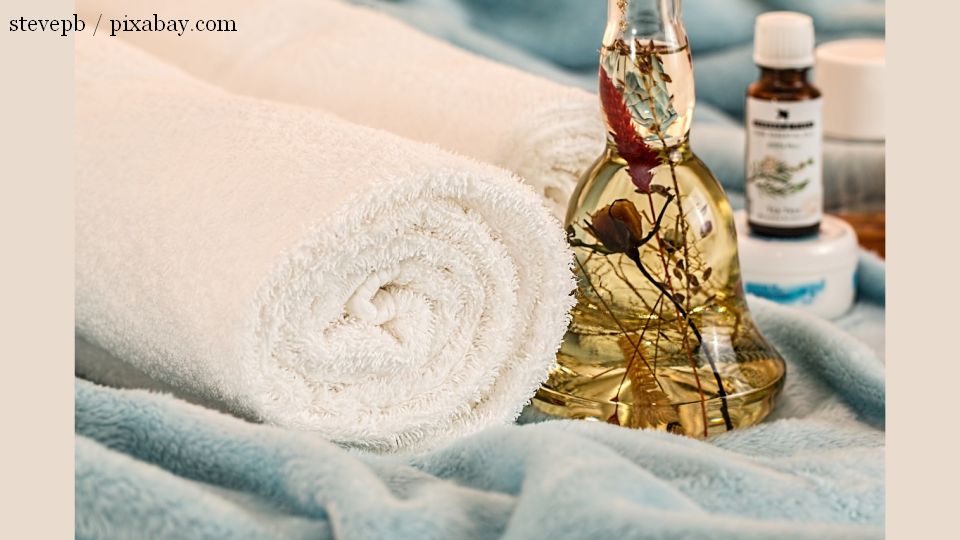Ocna Sibiului
Ocna Sibiului, in Sibiu County, is famous for the 15 salt lakes in the surrounding area.

Daniel Onea, 18.06.2015, 13:51
In today’s programme we will
be visiting the spa town of Ocna Sibiului to find more about the treatments
provided here and travel to an old fortified church, whose mural paintings date
back to the 16th century.
Mariana Nicoleta Varodi is a
physician specialising in physical therapy who works at the Ocna Sibiului spa
complex, 17 km away from Sibiu. There are three lakes here, Horia, Closca and
Crisan, known locally and internationally since 1846. They are top locations in
Europe, in addition to Sovata and Ocnele Mari, in terms of heliothermal waters,
lakes heated by the sun at up to 22 or 24 degrees Celsius at the surface, and
to 40 to 45 degrees at depths of over two meters, according to Dr. Varodi:
This is where you find the
most concentrated sodium chloride waters, and mud with strong mineral content,
as well as a quiet climate, protected by the forest and hills all around. We have
natural factors here conducive to recovering body and psyche. The complex has a
treatment facility where patients come from all over the world: Germany, Italy,
Spain, and even Egypt. All year round, patients can get the benefits of
treatment and recovery for a wide array of conditions of the locomotion
apparatus, such as arthritis, fractures and sprained joints. We are also
treating peripheral neurological conditions, such as nerve paralysis, skin
conditions like psoriasis and allergies, as well as respiratory conditions,
such as bronchitis and asthma, but also gynaecological conditions. Concentrated
salt waters are used in kinetotherapy procedures, waters that get heated up to
32 or 34 degrees Celsius in the indoor pool. We also use special mud rich in vitamins
and biostimulants. We use the water in Horia spring in the form of aerosols.
All these are associated with electrotherapy, massage, dry sauna, wet sauna and
Jacuzzi, for best results. Our patients come back every year, and say the
waters and the medicinal mud in Ocna Sibiului are truly miraculous.
Treatment is available all
year round, but the summer is best if
you want to take advantage of the sun, the lake and cold mud applications. Most
tourists prefer that time of the year, according to Dr. Varodi, who told us
about the impression left on the guests by the facilities:
We always ask them about
their impressions when they leave, and they say they are very pleased, no
matter what they have available in their own countries. They come back to Ocna
Sibiului precisely because they have a great time here, and because they know
that the waters and mud here are unique, with beneficial effects. In the
summer, considering the high demand, you should book in advance. I do believe
that Ocna Sibiului is the ideal place, where benefits meet entertainment, no
matter what age you are or what time of the year you arrive.
In Ocna Sibiului, one place
that you should not miss is the fortified church. Csiki-Makszem Lorand, the
parish priest, told us about the rich history of the place:
The Reformed church in Ocna
Sibiului is a fortified church, with three naves, in the Roman style. It began
being built in 1240, but the construction was interrupted by the Tatar invasion
in Transylvania, which is why it was finished as late as 1280. The city wall
was built later, in the early 1300, to defend the church from the second wave
of Tatar invaders. The oldest and most precious element of the church is the
bas-relief above the south entrance, dating back to the early 1200s. A few
frescoes were uncovered in 1910. The most important is the fresco above the
central nave made by a painter from Sibiu called Vincentius in 1522, portraying
the last days in the life of Jesus. It was initially a Roman Catholic church,
and became a Reformation church in 1596, when the Hungarian community
converted. For hundreds of years, the church was used by Evangelical Saxons.
The south wing of the church
houses a small museum, as Father Lorand told us:
The oldest exhibit here is
the archbishop’s chair built in 1515. We also have chalices, platters and fonts
used from the 17th to the 18th centuries, but also clay
pots made by salt mine workers between the 18th and 20th
centuries. You can visit the church at any time. We have guided tours in several
languages. We also have fliers telling you about the church in Hungarian,
English and German. The church is visited annually by people from all corners
of Europe, Germany, Slovenia, Hungary, England and France. In my opinion, if
you visit Sibiu, Ocna Sibiului is a must, not just for the treatment, but also
for the history, which comes alive between these walls. Which is why we welcome
you here with open heart.






























